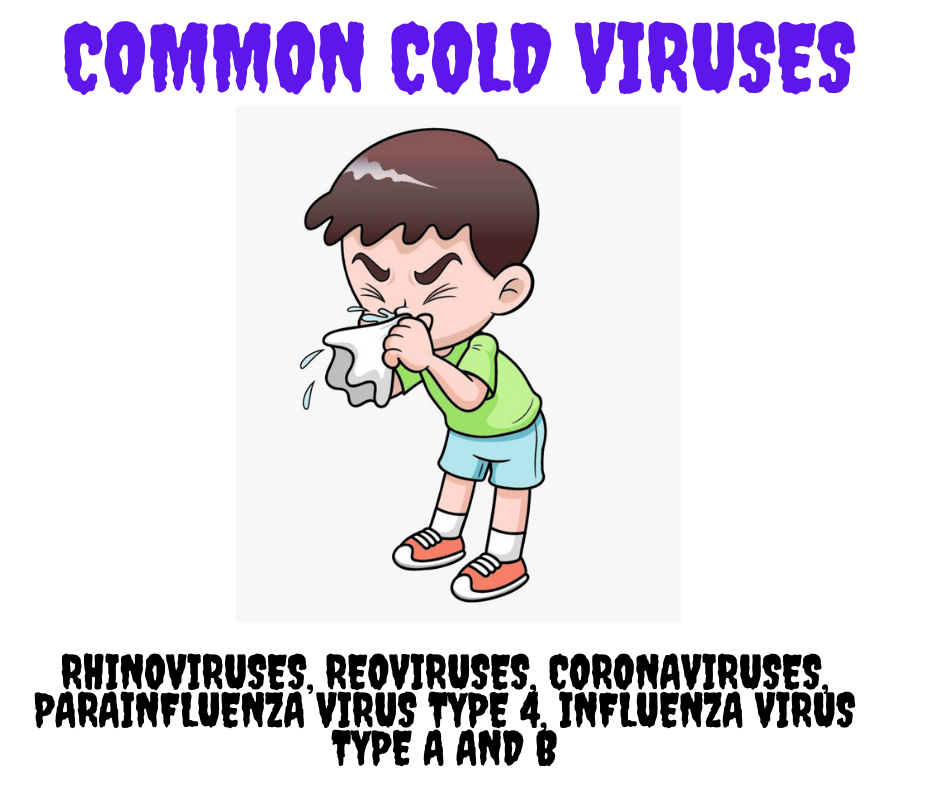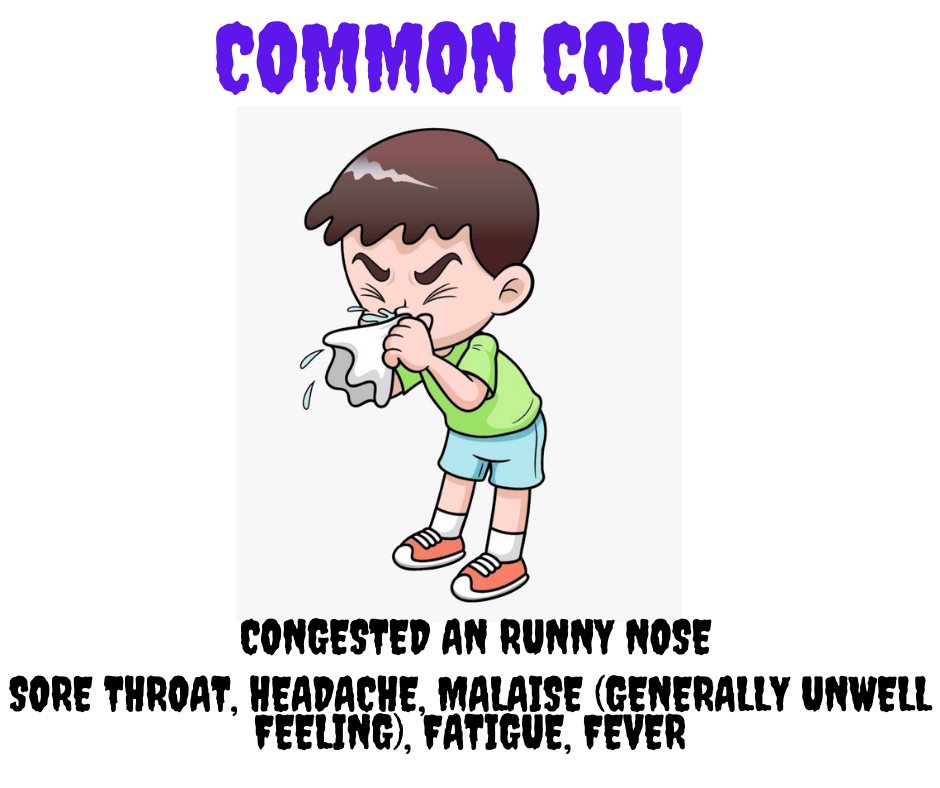The common cold is the most common of all viral infections of the upper respiratory tract. It usually occurs in the colder periods of the year. The common cold is an acute, usually afebrile, viral infection with inflammation of some or all of the organs of the upper respiratory tract. These include the nose, paranasal sinuses, pharynx, larynx, and often the trachea and bronchi.
Epidemiology
The common cold is the most common human disease worldwide, constantly occurring and affecting all age groups. It can be seen throughout the year. However, it is more frequent in winter because of the lower resistance of the respiratory mucosa, more frequent and closer contact between people and non-ventilation of the rooms.
Despite common beliefs and observations, there is no conclusive evidence that cold, draft, fatigue, sleeplessness, or similar conditions are associated with an increased incidence or severity of colds. The disease is particularly common among young children, school kids, students and soldiers, which can also occur epidemically. Generally, the number of colds in one year decreases over a person’s life.
Common cold – causes

In theory, all respiratory viruses can cause the common cold. However, the most common causes are naturally occurring viruses of less virulences. For example rhinoviruses, reoviruses, coronaviruses, parainfluenza virus type 4, etc. Other, more virulent, respiratory viruses are prone to cause catarrh, or flu, if we are talking about influenza virus type A and B. However, between 30 and 50% of common colds are caused by some of the more than 100 known rhinovirus serotypes.
Signs and symptoms of common cold

An incubation period of the common cold is one to three days, meaning that the first symptoms will manifest after one to three days after the exposure to the virus. The most prominent symptom is the congested an runny nose. It starts to itch, causing sneezing which is a natural response to stimulation of nasal mucosa. The nasal secretion is watery and transparent at the beginning but over time it may become sticky with a green or yellow color. That change doesn‘t indicate a bacterial infection. On some occasions, epistaxis may occur due to capillary rupture caused by nasal congestion.
Other symptoms
Other symptoms include sore throat, headache, malaise (generally unwell feeling), fatigue, fever (it is not always present but if it is, it doesn‘t exceed 100 °F or 38 °C). Cough is a result of the presence of foreign bodies in the trachea. As a consequence, it could last for more than 2 weeks, especially in people who smoke.
The common cold is a self-healing disease, and it usually vanishes after 4 – 10 days
Treatment
Antibiotics are not part of the standard treatment. So the treatment is symptomatic, which involves eliminating and relieving certain symptoms. Because patients are usually not or are low-febrile and have no other general symptoms, antipyretics (medications for lowering body temperature) are usually not esential.
It is necessary to take a large amount of fluid and to spare a heavy effort for several days. Nasal decongestants reduce nasal mucosa and secretion. Antibiotics are only treatment for bacterial complications, such as sinus or middle ear infections.

